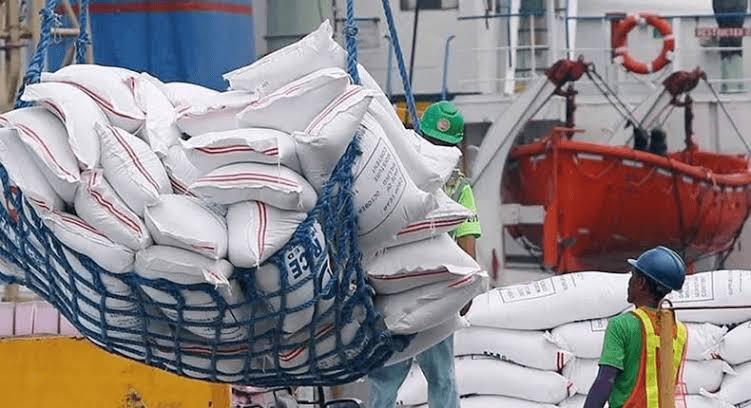Japan is poised to significantly increase its rice imports in fiscal year 2025, primarily sourcing from the United States, as the nation grapples with soaring domestic rice prices and ongoing trade negotiations with the U.S.
Surge in Rice Imports
Japanese private sector importers are expected to bring in over 40,000 tonnes of rice this fiscal year, marking a twentyfold increase compared to the previous year. This volume is sufficient to meet the annual consumption needs of approximately 700,000 people. The majority of these imports will come from the U.S., with varieties like Californian Calrose gaining popularity among Japanese consumers and restaurateurs.
Domestic Price Pressures
The decision to boost imports comes amid a historic surge in domestic rice prices. Retail prices have more than doubled since the same period last year, reaching an average of ¥4,214 ($30) for 5 kilograms by early April 2025. This price hike is attributed to supply shortages, despite government efforts to stabilize the market by releasing stockpiled supplies.
Trade Negotiations with the U.S.
In parallel, the Japanese government is considering expanding tariff-free imports of U.S.-grown rice as part of negotiations over higher levies imposed by Washington. One proposal involves increasing the amount imported from the United States to around 410,000 tons from the current 350,000. Japan currently imports approximately 770,000 tons globally every year tariff-free. These discussions are part of broader trade talks aimed at easing U.S. tariffs on Japanese products, including automobiles. The U.S. has expressed dissatisfaction with Japan's agricultural market access, particularly concerning rice, and has urged Tokyo to open its markets further.
Political Sensitivities
However, the move to increase rice imports is politically sensitive in Japan. Rice farming is a traditional stronghold of the ruling Liberal Democratic Party, and any policy changes affecting domestic farmers could have electoral implications. With a House of Councillors election scheduled for this summer, the government plans to carefully coordinate with ruling parties on the issue.
Changing Consumer Preferences
Despite historical skepticism towards foreign-grown rice, Japanese consumers are increasingly embracing imported varieties due to affordability and quality. Restaurants and supermarkets are now offering American and Taiwanese rice, a stark contrast to the Japanese aversion to Thai rice during the 1993 shortage. This shift in consumer behavior, coupled with economic pressures and international trade dynamics, underscores Japan's evolving approach to rice imports and agricultural policy.
Follow & Subscribe:
👉 Agri-Food Update on LinkedIn for the latest updates and insights.
🌐 Visit us at www.agri-food-update.com for more information!



